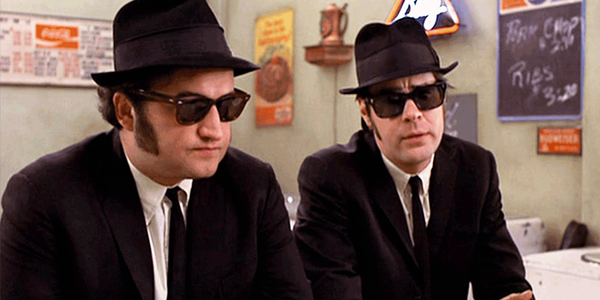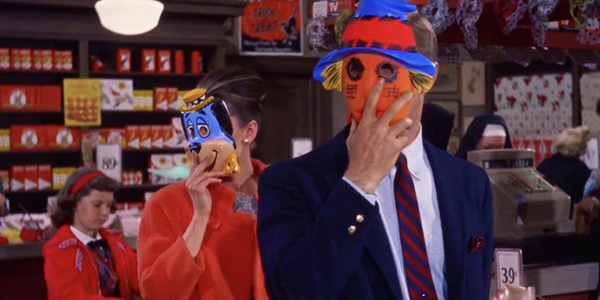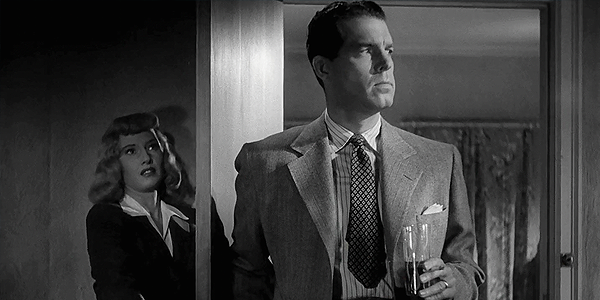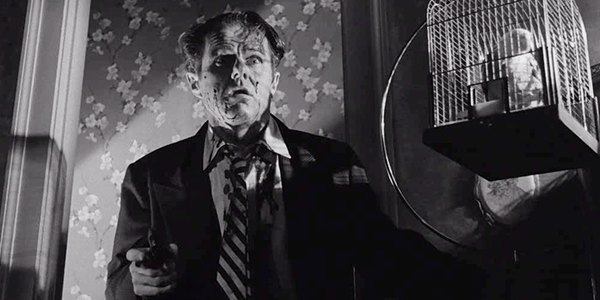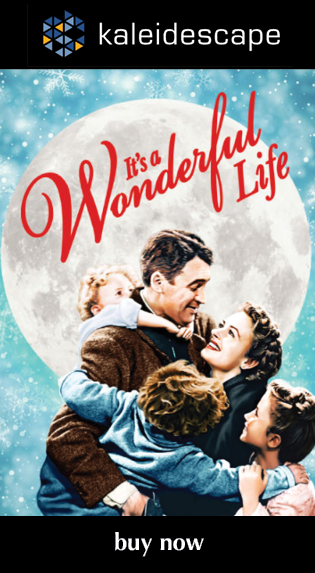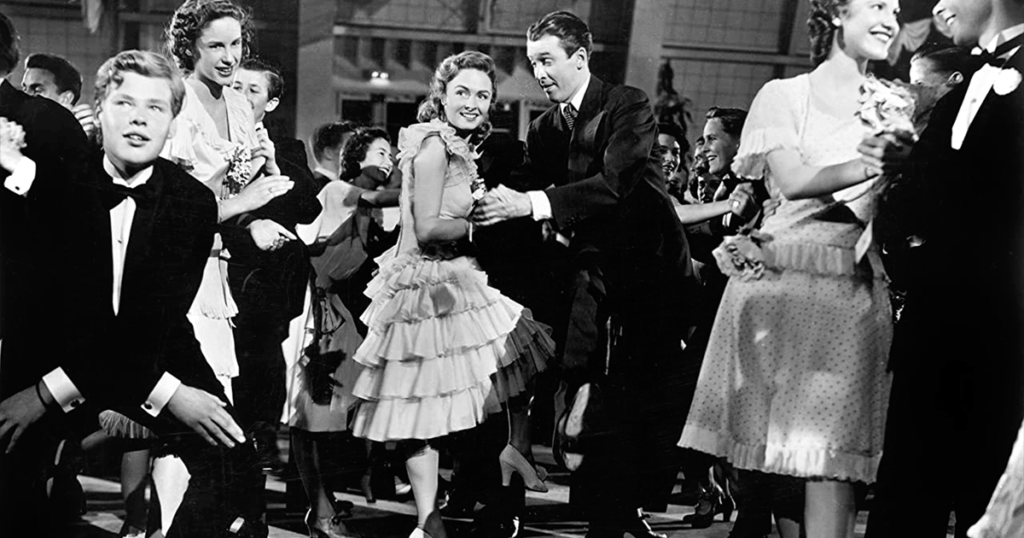
review | It’s a Wonderful Life
The 4K HDR transfer of this Christmas classic, while subtle, is a huge leap over what’s appeared on broadcast TV for decades
by Dennis Burger
updated August 13, 2023
It’s a Wonderful Life is such a pervasive presence on broadcast TV during the holidays that one almost has to wonder if there’s actually any value in owning it. If you care at all about this beloved Frank Capra classic, you have ample opportunity to view it for free so why would you spend your hard-earned money to make it part of your permanent film library, when you’re just going to ignore it again until the holidays roll again?
Kaleidescape’s 4K HDR download of It’s a Wonderful Life provides a pretty compelling answer. Whether you’ve seen the film once or you binge it like the sugary confection it is, you’ve never seen it looking like it does here.
Working with the best elements they could get their hands on, the Paramount Pictures Archive restored the film in 2019, which wasn’t easy given that only 13 of the film’s 14 original camera-negative reels survived, all with significant deterioration at the ends. The team also had two complete fine-grade nitrate prints from 1946 to work with, which they used to fill in the gaps.
The result is astonishing—rich in detail and organic nuance, with a healthy level of very fine grain but none of the noise that often plagues old nitrate films of this era, especially those sourced from multiple generations of assets. The film has also been given a very subtle but effective HDR grade, the likes of which you certainly won’t see on broadcast TV.
Comparing it to the standard-dynamic-range HD release of the film (sourced, I believe, from the same restoration), you won’t notice much by way of enhanced highlights, even from the neon lights that line the streets of Potterville toward the end of the film. But what you will notice is a broader and smoother range of midtones, as well as enhanced shadow detail and depth closer to the bottom end of the value scale.
This really stood out in the scene when George Bailey sits with his father at the dinner table discussing the future. In the HD transfer, George’s jacket is a medium gray since taking the image much darker would have swallowed the folds and details in the fabric. In the 4K HDR transfer, the jacket is very nearly black, and yet all of the subtle textures and contrasts that give it shape shine through. The effect is to give the scene a greater sense of intimacy, to make it look and feel more like a family dinner than a brightly lit movie set, and you can see that sort of benefit from HDR throughout the film. The image never gets much brighter than you’ve seen it before, but HDR allows it to get properly darker in places without losing any detail or crushing any blacks, which gives the film a more consistent look from beginning to end.
There are times when I suspected I could see where the second-generation nitrate prints had been substituted for the original camera negative—the sort of thing you can normally pick out much more easily in HDR. A few shots here and there are ever-so-slightly plagued by diminished midtones and a loss of highlights. The occasional camera angle looks a little more dupe-y, a little less pristine.
Watching the excellent 13-minute documentary about the restoration process, though (included on the UHD Blu-ray but not available on Kaleidescape, sadly, although you can just as easily access it on YouTube), I’m inclined to believe I was mistaken in blaming these minor issues on the restoration. You can see in the doc, especially at around 7:45, that the second-generation elements were so seamlessly integrated into the original camera negative that it’s nearly impossible to tell them apart unless you know exactly where the splices are. So the occasional second or two of subpar imagery throughout the film must be an artifact of the original production. And I’m even more inclined to believe that given that every shot of Donna Reed looks like the lens was slathered with five pounds of Vaseline before “Action!” was called, something that’s even more noticeable given the enhanced resolution here.
This handful of visual booboos is hardly a distraction—nowhere near the level of something like The Blues Brothers Extended Edition—and they’re only worth nitpicking at all because the rest of the film simply looks so impossibly gorgeous.
What can be distracting at times is that the dynamic range of the DTS-HD Master Audio soundtrack (labeled as stereo, but in actuality two-channel mono) is so limited that, especially in louder scenes—like Harry Bailey’s graduation party—the sound can get a bit harsh, and dialogue intelligibility suffers in spots. But this is still the best the film has ever sounded, so it’s hard to complain.
So, should you buy It’s a Wonderful Life in 4K? If you care at all about the film, I say, Yes, absolutely. I’ll admit that I’ve always been a bit “whatever” about this Christmas mainstay. But watching it in 4K with the benefit of HDR, once I got past the insufferable scenes with the kids in the drug store early on and the laughably bad outer-space sequences, I enjoyed it in a way I never have before.
Dennis Burger is an avid Star Wars scholar, Tolkien fanatic, and Corvette enthusiast who somehow also manages to find time for technological passions including high-end audio, home automation, and video gaming. He lives in the armpit of Alabama with his wife Bethany and their four-legged child Bruno, a 75-pound American Staffordshire Terrier who thinks he’s a Pomeranian.
PICTURE | This 4K transfer is astonishing—rich in detail and organic nuance, with a healthy level of very fine grain but none of the noise that often plagues older films
SOUND | The DTS-HD Master Audio soundtrack is so limited that the sound can get a bit harsh, especially in louder scenes and dialogue intelligibility suffers in spots
© 2025 Cineluxe LLC


